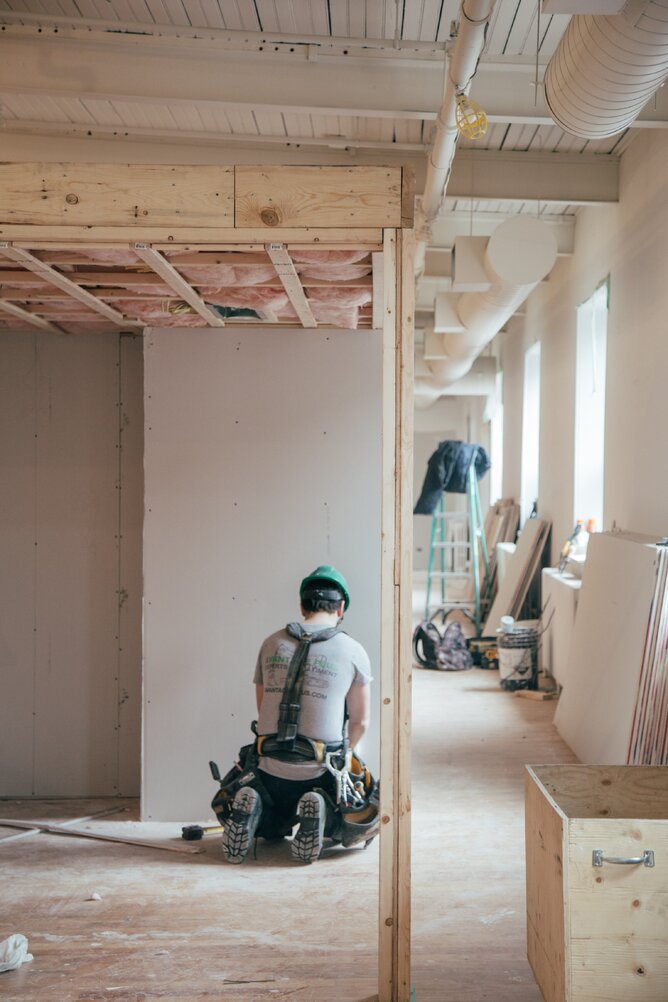What VAT rate is charged on renovating an empty residential property?
You may be able to charge 5% reduced rate vat if you are renovating empty residential premises if the property has not been lived in during the 2 years immediately before you start the renovation. The property must be a qualifying residential premises. The renovation or construction of a garage on the qualifying property can also qualify for the reduced rate of vat if the work is done at the same time as the property renovation, and the garage will only be used for residential purposes alongside the renovated building.
What are qualifying residential premises?
- Single household dwelling,
- A bedsit or other property that is used for multi occupancy,
- When the building was last used it was for residential living and after the renovation the building will again be used for residential living,
- The work can be on a unit that forms part of multiple units in a building on the same site where all units are used for residential living. You do not need to renovate the entire building for the reduced vat rate to apply but the entire building should have been empty for 2 years prior to the renovation starting.
What written evidence should you get that the building is a qualifying residential premises?
You should get confirmation in writing from Empty Property Officers at the local council to confirm the property was a residential dwelling that has not been lived in during the 2 years before work started.
Is there any use of the building that can be ignored for the 2 years rule, if some sort of use of the building has occurred?
You can ignore:
- Illegal use by squatters
- Use by a Guardian who is paid to be in the property, and was placed in the property by the owners to deter squatters and vandals
- Building was used for non-residential business storage use only.
- Where the owner decides to live on site while the work is being completed, they can only move in the day after the renovation has started.
Which renovation services are included in the 5% reduced rate of VAT?
The list includes:
- Installing building materials (The items must be installed into the building). Items that just plugged in after the renovation is done are not building materials.
- Redecoration
- Repairs
- Installation of double glazing
- Providing access for water, power, heat, drainage, security, waste disposal.
- Finished or prefabricated kitchen furniture
- Basic wardrobes installed on their own enclosing a space bordered by wall, ceiling, and floor.
- Items that would ordinarily be incorporated in a building.
Which services are not included in the 5% reduced rate of vat so should be standard rated?
The list includes installation of non-building materials such as:
- Carpets
- Fitted bedroom furniture where the wardrobes go over the bed or create a dressing table
- Erecting and dismantling scaffolding
- Hire of goods
- Landscaping
- Professional services such as architects, surveyors, consultants, supervisors.
- Finished or prefabricated furniture or fitted furniture
- Elaborate vanity units
- Bathroom cabinets
You must show the relevant apportionment of fee and vat charged per service completed by producing a detailed invoice to the customer. If a detailed invoice is not provided all services will have to be standard rated.
What are my next steps?
When quoting for building work where the building might be eligible as an empty residential property, make sure you get the written evidence as mentioned above.
Make sure all qualifying and non-qualifying materials are listed on the quote separately.
If you need further guidance get in touch, we are here to help.

